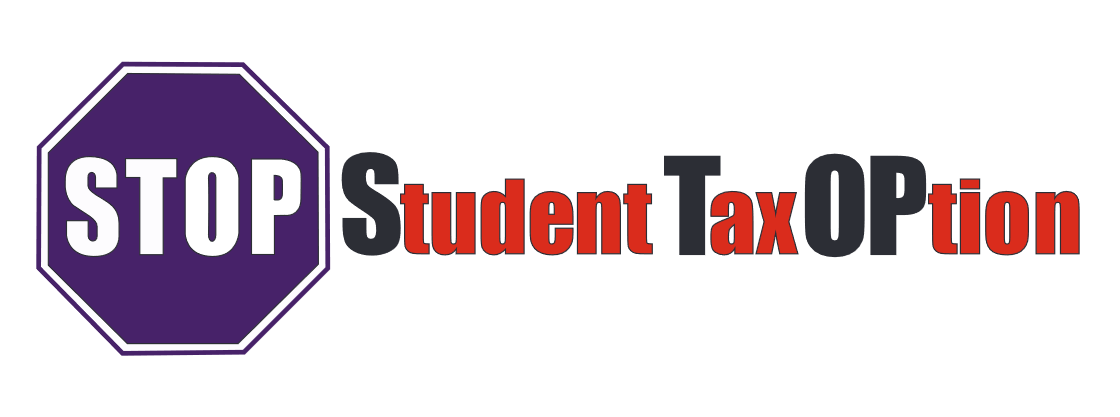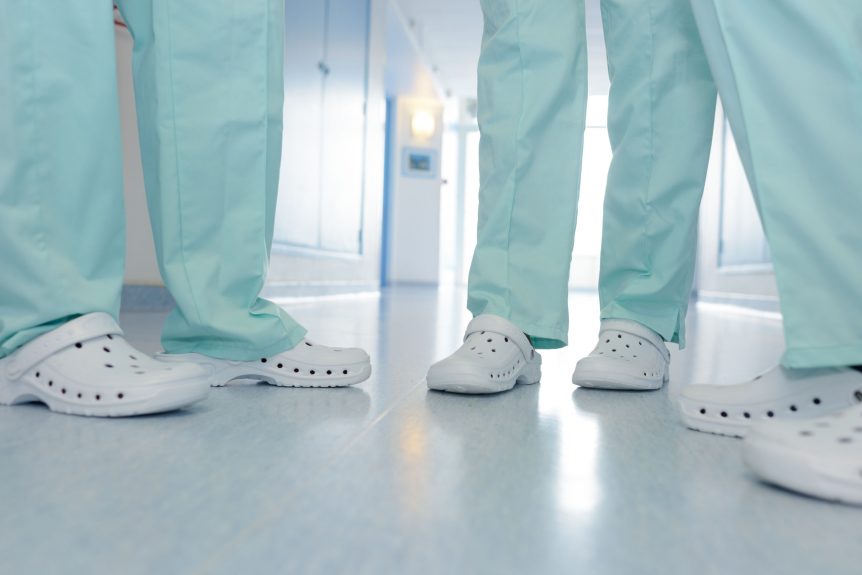The medical field is a difficult environment to navigate given the tensions that have recently escalated due to the coronavirus pandemic. The anxiety of what is happening around the world is especially daunting for medical workers. Now, add to that another type of stress health care professionals have looming over them – student loan debt.
The amount of student debt in America has reached approximately $1.6 trillion. Student loan debt is daunting for any graduate, and usually medical students will have substantially more debt as they enter their profession. Extended educational requirements over the course of at least 8 years generate more student loan debt for physicians than many other college graduates carry.
According to the Association of American Medical Colleges, medical students averaged $201,500 in debt at graduation in 2019. Though healthcare professionals may end up making a comfortable salary when they leave school, it often takes years to pay off the student loan debt.
Nurses, for example, shoulder the burden of student loan debt that can be upwards of $40,000 to $55,000 or more. On a nurse’s salary, repayment can be extremely difficult.
Healthcare professionals are urgently requesting that Congress ensure all front-line medical personnel, including physicians, nurses, and emergency service workers, receive increased benefits for the taxing work they have had to endure during this pandemic. They have requested essential personal protective equipment as well as healthcare and tax credits.
They are also petitioning for loan forgiveness. If the request is denied, there are hopes an adjustment of zero percent interest rate may be implemented instead.
Further, if a medical worker dies of COVID-19, advocates for healthcare professionals are calling upon Congress to completely discharge all their medical student debt. This would allow family members to be unburdened with paying off the student loan debt, especially during the difficult time of mourning their family member.
The number of confirmed COVID-19 cases in the United States is the most in the world, and medical professionals are tasked with taking care of patients who may or may not survive. The situation is taking its toll on medical professionals who are mentally, physically, and emotionally strained at this time. Their stress level is high and dealing with monetary stresses on top of that is asking a lot.
There are programs anyone can apply to for student loan assistance. Income-driven plans are based on an individual’s income and family size. Monthly payments can be adjusted to alleviate some of the pressures of making payments each month.
Launched in 2007, the Public Service Loan Forgiveness Program could allow doctors and nurses, for example, who work full time for qualifying government agencies or nonprofits to have some of their federal loans forgiven. Unfortunately, 99 percent of program applicants have been declined, according to a report from the Government Accountability Office, leading to major criticism of the program and an outcry for reform.
Disparities in America’s health care system have been made apparent by COVID-19. Student loan debt seems to be an unavoidable part of getting a college education in America, particularly for healthcare workers. The high cost of entering the medical profession sometimes prevents students from lower-income and minority communities from entering and advancing in the field, despite their intentions to do so. This could impact the medical workforce needed to face a future healthcare crisis or pandemic.
In the meantime, doctors, nurses, and emergency service workers are risking their lives to save the lives of others – all while being saddled with the weightiness of student loan debts, now and for years to come.

